Note: There is now a Part 1 which can be found here.
Don’t go looking for Part 1 of this piece because it has yet to be written. I am exercising my right to choose the cadence and order of storytelling; here the order is immaterial except for the lack of a formal introduction of artist Franc van Oort, and an explanation of our Six Degrees of (Circuitous) Separation.
The good news is this is a self-explanatory pictorial essay about the life-size camera obscura, Eyebox, van Oort has installed outside of Perth, Ontario as part of the open-air fieldwork collection of multi-media land art. Months ago, I had the good fortune to check out the prototype in his studio and I’ve been waiting for a blanket of snow – and preferably a bright sunny day – to check out the real thing. With our mild and grey fall and winter weather a timely visit was bumped. And bumped. And bumped again. Sun or no sun, I could wait no longer.
Yesterday, my heart leapt when I spotted the colourful box at the far end of the wintry field. It is brilliant.
A camera obscura (Latin for dark room) is an optical device that was the precursor of modern photography. It is made from a box or a blacked-out room with a small hole in one side. Light from an external scene passes through the hole and creates an upside-down image on the back of the box or room. Although it is inverted, colour and perspective are maintained. Inserting a simple lens into the hole creates a sharper image. The projected image can be traced onto paper (the equivalent of a modern light projector) or photographic paper or plates can be installed to produce photographic prints.
Here, the lens of the camera obscura cleverly doubles as the lens of the feminine sky-blue eye.
Van Oort’s Eyebox is the roomy size of a small shed. It is meticulously designed, built and embellished and contains an unexpected surprise. A black plywood wheel the size of a large pizza pan is fixed to a post and inscribed with white directional arrows. He has mounted the shed on a rotational device akin to a turntable found in old locomotive roundhouses. If you stand adjacent to the wheel and crank, the camera obscura lurches forward and begins to turn. If you photograph the continuous projections, it’s possible to end up with a 360° degree view of the surrounding landscape.
Click here to see how it was made.
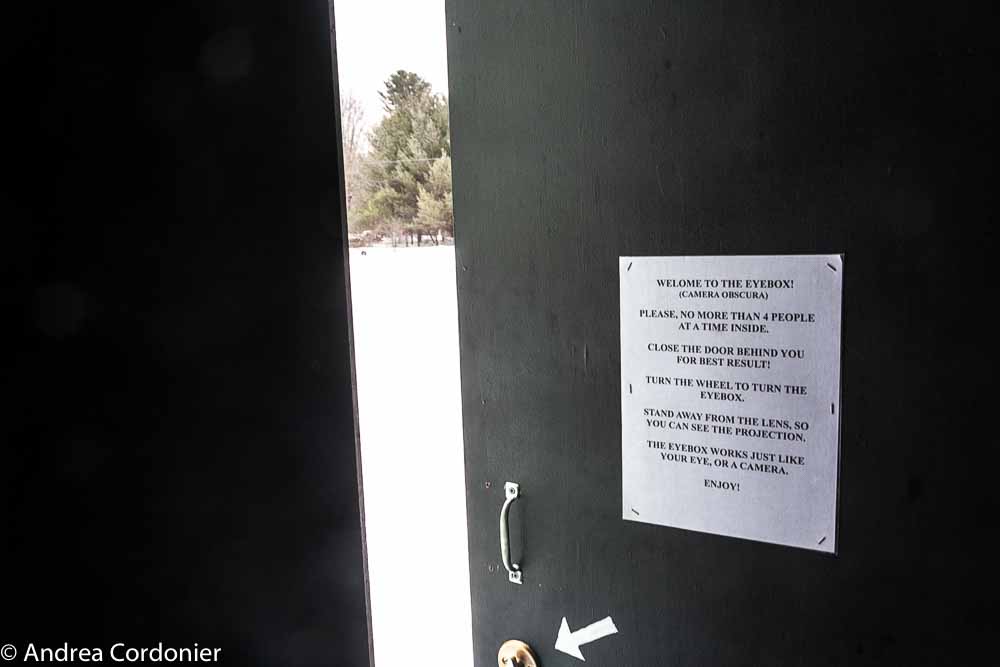

Because of the falling snow, the accumulation on the ground and the grey sky, the images are nearly bereft of colour. In spring, summer and fall, the results would be strikingly different. I experimented with placing my son in front of the projections and embedding him in the landscape. I shot still lifes and then shot the same scenes in motion for an abstract effect.
Eyebox is incomparably the highlight of the 2015 fieldwork installation. Five new works will be added on May 7th, 2016, the launch of the new season.
Directions to fieldwork Collective:
From Ottawa: Take Hwy 7 west to Perth. Continue west past Perth for another 15 minutes or so. There are 2 entrances to Old Brooke Rd. Pass the first one (the east entrance, that is just past Wemyss). Drive past McGowan’s Lake Campground and lake (small lake on the left/south side of the hwy). Just after this lake, turn left at the west (second) entrance to Old Brooke Rd. Drive along Old Brooke Rd. Fieldwork is just past (ie. just east) of 2501 Old Brooke Rd. on the opposite side of the road (north side).
Additional info:
Franc Van Oort, Artist & Printmaker
Riverguild Fine Crafts, Artist Cooperative, Perth, ON
Abelardo Morell, Camera Obscura Photographer
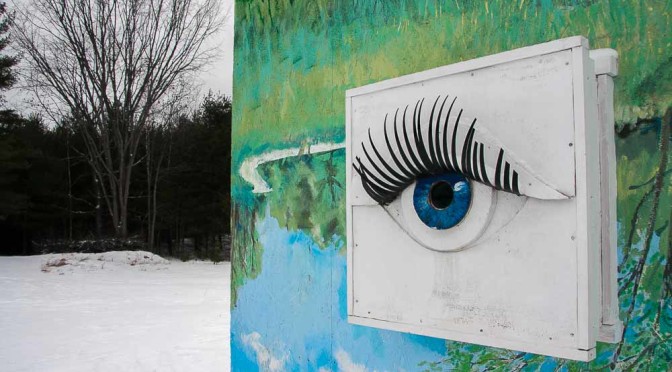
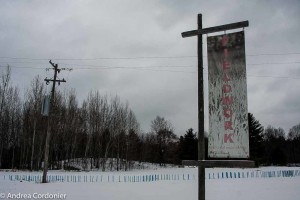
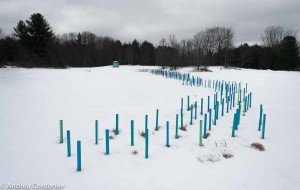
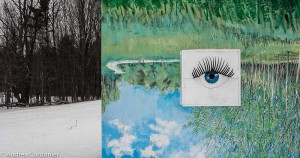
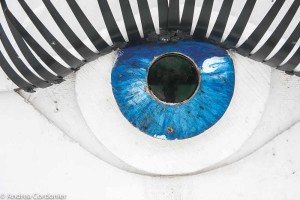
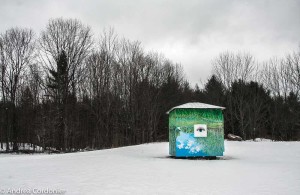


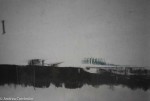



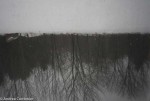
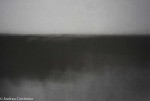

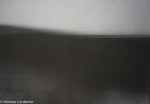

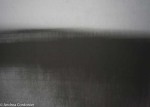

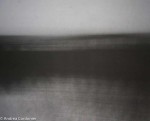
3 responses to “360° of Franc van Oort (Pt. 2)”
[…] See: 360° of Franc van Oort (Part 2) […]
Oh this is really intriguing.
I know, right? You would love it.